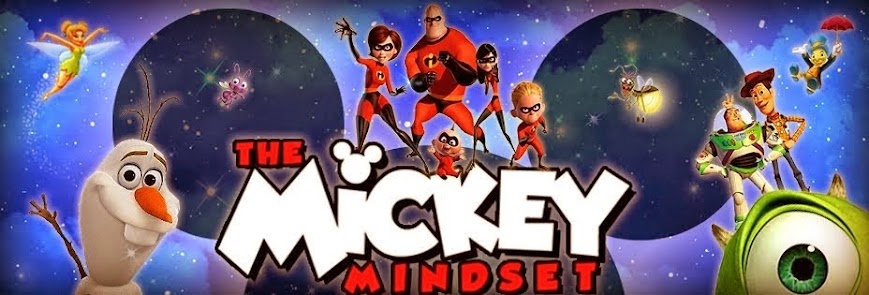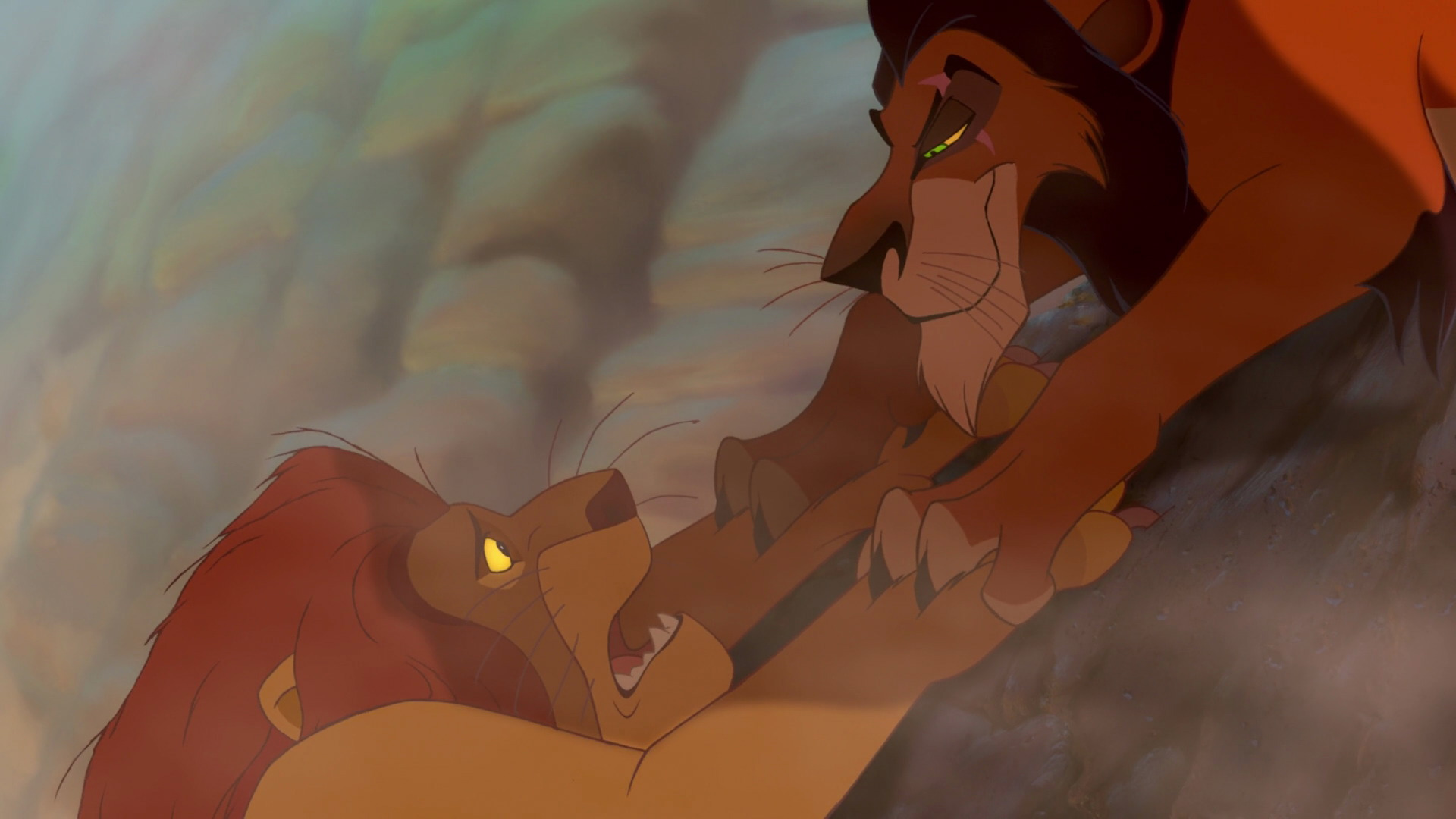 Benjamin Dodds- Disney knows that nothing more dramatically underscores a moving moment in the journey of our favorite characters than a bit of theatrical geology. To lift the emotional stakes of a scene, the writers and animators literally raise its physical setting by making use of the rocky platform.
Benjamin Dodds- Disney knows that nothing more dramatically underscores a moving moment in the journey of our favorite characters than a bit of theatrical geology. To lift the emotional stakes of a scene, the writers and animators literally raise its physical setting by making use of the rocky platform.Dreams can be broadcast far and wide (often in song) from the elevated stage these geological
formations provide. The convenient dramatic device of the Disney rocky platform comes in many
shapes—the flattened top of a boulder, a sharply angled rockfall, an overhanging cliff edge—but it
always serves to throw into relief the highly impassioned state of a character’s inner emotions. These elements are usually overlooked by most of the audience, but much work goes into these designs, and really helps portray the characters emotions as well as setting the mood for the audience and for the scene you are witnessing that moment.
Here are a few prime examples of Disney’s use of the rocky platform:
After rescuing Prince Eric from his shipwreck, everyone’s favorite mermaid retreats back into the
suitably moody surf to observe his safe discovery by his advisor. Ariel doesn’t know when, she
doesn’t know how, but she knows something’s starting right now as she lifts herself longingly from
her wave-swept rocky platform in what is the most heartfelt moment of The Little Mermaid (1989).
Simba’s royally eventful life begins when he is hoisted aloft by Rafiki from the angular peak of Pride Rock, probably one of the most easily-recognised and pop-culturally present of Disney’s
rocky platforms. Pretty much every important moment of The Lion King (1994) takes place on this or another similarly stony ledge: the royal showing of Simba, the murder of Mufasa, the climactic death of Scar and, as the circle of life wheels 360 degrees, the ceremonial presentation of Simba’s own child.
In a moment of oneness with land, water and sky, Pocahontas (1995) launches herself effortlessly
from a soaring Virginia cliff-top into the glassy river below. Later, she pleads above the frantic beating of the drums of war as her father poises himself on a sharply jutting outcrop of rock to execute her lover, John Smith.
The Nightmare Before Christmas’s (1993) Jack Skellington laments his increasingly tiresome
role as pumpkin king whilst striding the crest of a bizarre, twisted hilltop formation, born of the
equally twisted mind of Tim Burton. Not strictly a traditional Disney animated feature, this
Touchstone production (a company formed by Disney to market slightly edgier fare) locates its
most iconic stop motion sequence on a surreal variation of the familiar rocky platform.
These examples of rocky-platform-use all come from the ‘renaissance’ era of Disney
animated features, but there are instances from much further back, in the studio’s ‘golden age’.
Posing mischievously on an array of rocky platforms during scenes set in Neverland, Peter Pan
(1953) reclines on a particularly idyllically located example to converse with mermaids, then duels
with Hook on the precarious edge of another. In Alice in Wonderland (1951), our heroine sings
her melancholy Very Good Advice at the centre of a Tulgey Wood clearing, surrounded by all
manner of strange and sweet forest folk as she perches upon a spot-lit rocky outcrop. And let’s not
forget arguably the most iconic Disney image of all time, Mickey Mouse in the role of Sorcerers’
Apprentice, summoning and conducting the very stars and crashing waves with his newfound
powers from high atop his stony stage, in Fantasia (1940).
Rocky platforms appear at the most opportunely poignant times to provide our Disney protagonists
with a lofty stage, give them a boost, raise them above the mundane and literally heighten their
emotional state. Disney’s writers and animators have been onto a good thing for a very long time.





What about "Bambi"? Wasn't a cliff used twice with "The Great Prince" of the forest and at the end when Bambi takes overs the title?
ReplyDeleteI like that you appreciate these obscure designs. Lots of hard work goes into these sets and animation, so I like this article. Well written Ben.
ReplyDelete